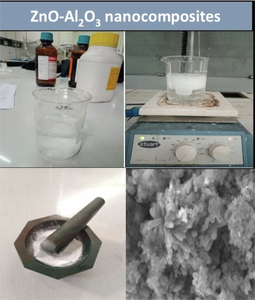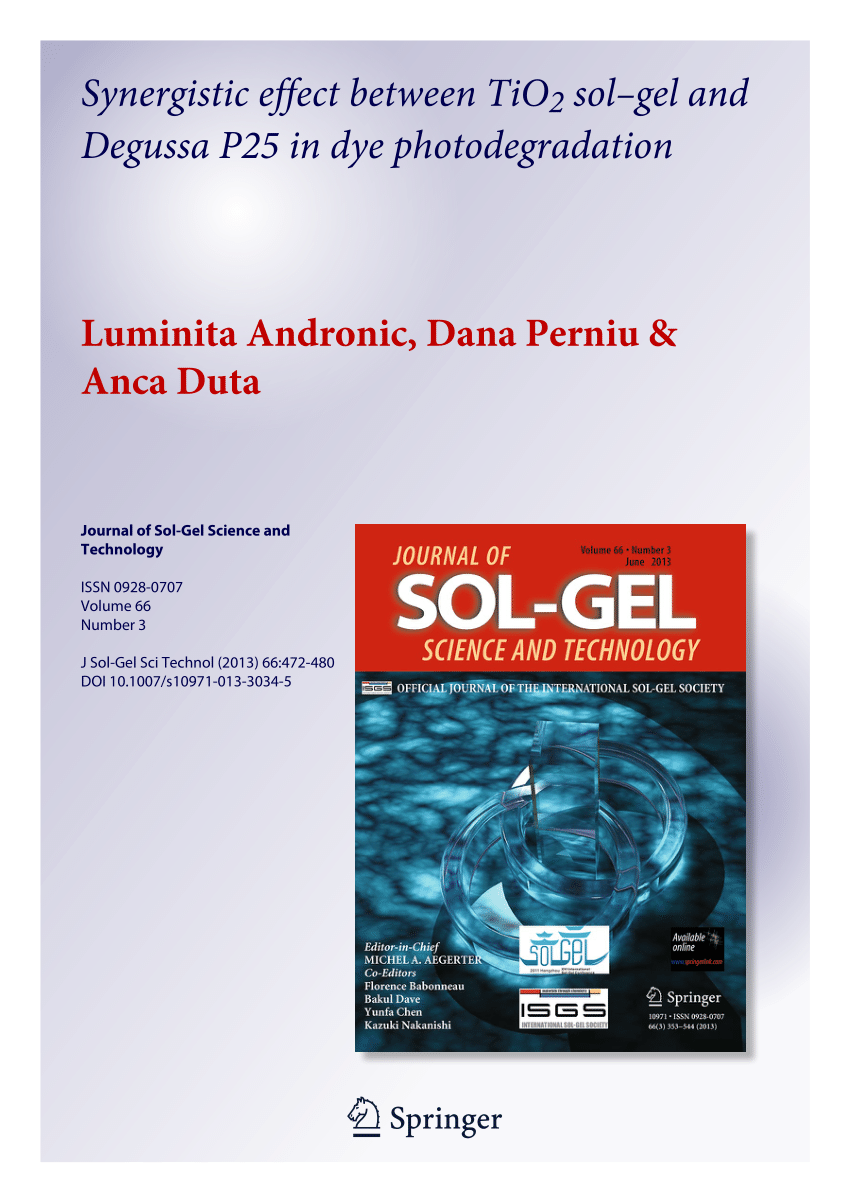Temperature annealing and aluminum atomic concentration effect on structural, morphological and optical properties of ZnO-Al2O3 nanocomposites powders and photocatalytic performances
Abstract
Pure ZnO nanoparticles and ZnO-Al2O3 nanocomposites prepared with Al2O3 content of 10, 20 and 30 atomic ratios were synthetized via Sol–gel method and then calcined for 2 h at different temperature 450, 700 and 900 °C. The structural, morphological and optical properties of the powder as-synthetized are investigated. Photocatalytic activity was assessed using methylene blue degradation. In the present work, the high purity of the nanoparticles was confirmed by EDS spectra. The XRD results show that ZnO powder has a wurtzite structure. The aluminum in composite powders leads to the appearance of the ZnAl2O4 spinel phase and it shows that this phase is appeared in the ZnO-30% at Al (Z30A) nanocomposite from an annealing temperature 450 °C as well as increasing the annealing temperature reduces the crystallite size. The flower-like morphology was well defined in these nanocomposites with an average size in the nanometer range. Photoluminescence reveals the incorporation of aluminum into the as-synthetized nanocomposites compared with XRD results.The optical absorption spectra have been presented the relationship between the band gap, particle size, annealing temperature, Al concentration and Urbach energy. Our result suggests that the annealing temperature 700 °C can be considered as an order-disorder transition temperature. The photo-catalytic application of pure ZnO and their composites nanoparticles shows that the best photocatalytic activity is obtained for the Z30A nanocomposite in the presence of MB dye, under UV light. This sample has the smallest crystal size and a high content of the ZnAl2O4 phase. A small particle size ensures high photoactivity.
Graphical Abstract


 求助内容:
求助内容: 应助结果提醒方式:
应助结果提醒方式:


